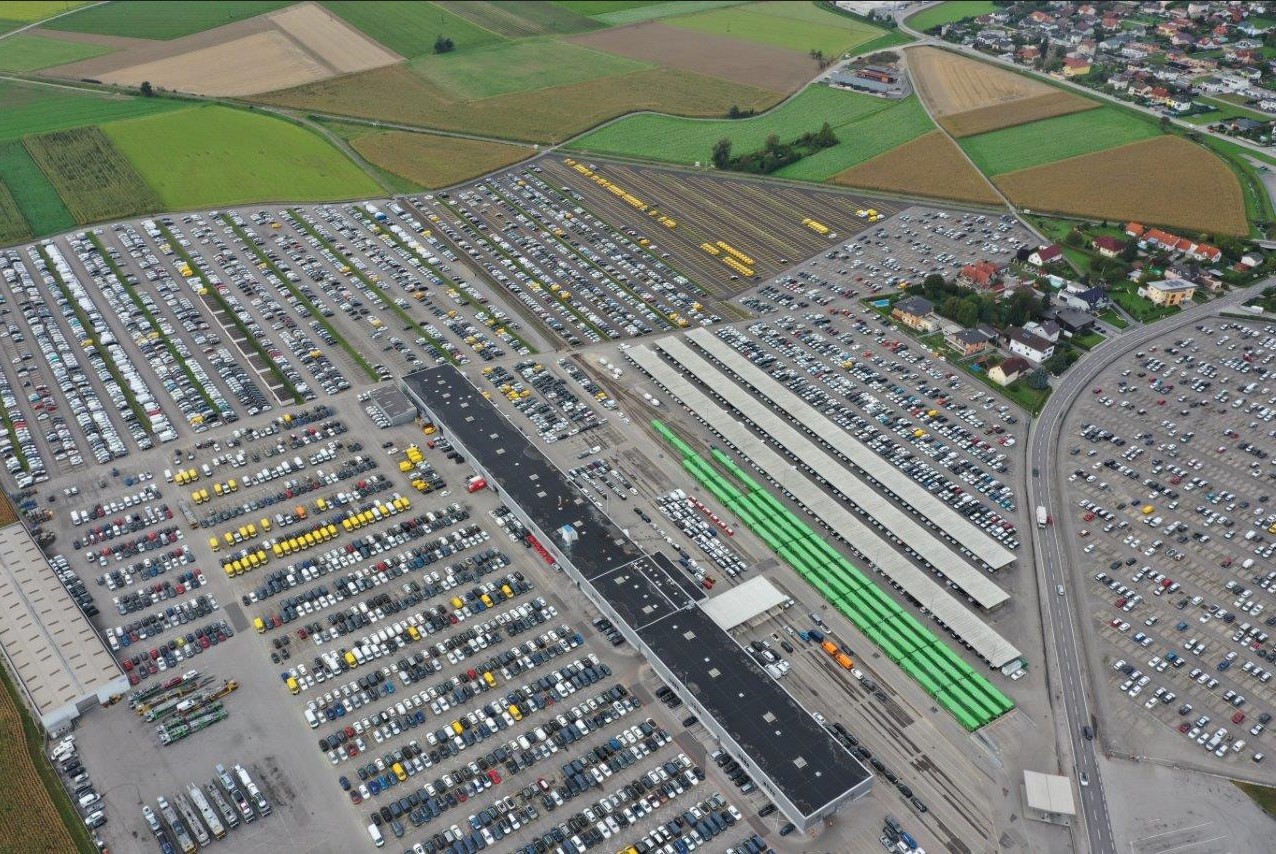Global Beam Telecom, Cobham Satcom and Inmarsat have launched a new Push-To-Talk (PTT) offering, BGAN PRISM PTT+, in partnership with Hytera. This complete satellite-enhanced connectivity solution, now available through Hytera mobile radios, will help businesses overcome coverage redundancy and operational downtime associated with traditional radio systems.
This new unified network solution combines leading expertise in satellite connectivity, radio systems (LMR/DMR) and cellular devices (3G/LTE) to create a unique PTT offering that will accelerate advanced connectivity adoption among businesses in the Middle East.
Supported by Inmarsat’s BGAN service – powered by the company’s unparalleled, global ELERA (L-band) satellite network – the solution provides industry-leading reliability of 99.9%+ uptime and enables seamless radio over internet protocol (IP) capabilities. It will ensure businesses have access to real-time communications and telemetry capabilities, increasing their visibility of operations and the safety of remote workers and assets.
Mike Carter, President of Inmarsat Enterprise, said: “In this new partnership, Inmarsat is proud to build on our longstanding relationships with Global Beam Telecom and Cobham Satcom, by welcoming Hytera into the fold. This collaboration will be a game-changer for remote workers in the Middle East. It will combine top-of-the-range hardware and software with the best connectivity to provide a new, unmatched PTT service for customers.
“The expertise and technological strength in ELERA, Inmarsat’s industry-leading narrowband network, makes us the perfect connectivity partner to power this new PTT solution. Combined with the immense capabilities of our collaborators, this partnership will keep remote workers safe and connected wherever they are, even in the most remote locations.”
The sophisticated solution will transform customer experience across three key areas: coverage, interoperability, and capability. Incorporating satellite coverage provides exceptional network resilience, enabling seamless switching between radio and satellite while sustaining constant coverage anywhere in the world. Enhanced interoperability will allow for a range of communication methods to mix and connect effortlessly and encourage cross entity transmission, while digitalisation will provide enhanced end-user capabilities such as conversation recall, replay, and expanded data-analysis possibilities.
The unique BGAN PRISM PTT+, one of Global Beam Telecom’s integrated connectivity solutions, features Inmarsat’s highly-reliable ELERA capabilities and brings together hardware components from Cobham’s EXPLORER 323 Terminal and EXPLORER Mobile Gateway, Hytera’s lightweight but robust digital two-way radio (PD505) and professional Digital Mobile Radio (MD785i). The partnership provides the ultimate offering, supplying real-time GPS, telemetry, and PTT capabilities to create a consistent solution for businesses.
Shabeer Mohammad, Managing Director at Global Beam Telecom said “We are looking forward to sharing BGAN PRISM PTT+ with our customers. As the system integrator, configuring the expertise of the four companies – all of which boast years of experience in their respective fields – provided us the perfect opportunity to bring the ultimate flexible connectivity solution to enterprise customers.”
Stanley Song, Deputy General Manager of Hytera Overseas Sales Department and Sales Director of Hytera MENA, said: “Following the successful completion of our two-phase testing process, we have established a solution that is exceptionally well-suited to the Middle East. With robust hardware – capable of withstanding temperatures up to 60°C – combined with the durability of Inmarsat’s global BGAN offering, we are able to provide customers with the most impressive solution currently on the market, ensuring the ultimate safety and operational efficiency of their fleets.”
Henrik Nørrelykke, Vice President and Head of Critical Communications at Cobham Satcom, said: “We are excited to help bring this powerful and very cost-effective platform to customers across the Middle East. By building on existing terrestrial infrastructure, it enables enterprise customers to enhance their operations by adding the extensive capabilities of satellite connectivity without the need for significant CAPEX investment. This allows them to prioritise the day-to-day expenses of quality operations and implement a more scalable business model in the long-term.”
Inmarsat’s ELERA network is the world’s most reliable satellite network for IoT and secure narrowband connectivity. ELERA offers more global spectrum than any L-band provider, with its recently launched I-6 F1 satellite (and I-6 F2 launching in Q1 2023) making the best use of the available spectrum and providing 50% more capacity per beam.











